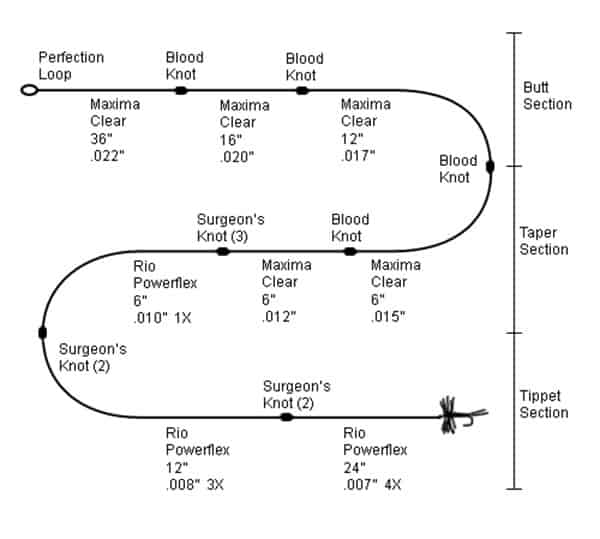Not known Details About "The Science Behind a Solid Hookset: Tips and Tricks for Fly Fishers"

Setting the Stage for a Fantastic Catch: The Relevance of Appropriately Preparing the Hook in Fly Fishing
Fly fishing is an craft form that demands capability, perseverance, and preciseness. One of the very most critical aspects of successful fly angling is correctly establishing the hook. This method participates in a crucial function in making certain that your catch stays on the line and makes its way right into your web. In this write-up, we will definitely jump right into the importance of establishing the hook accurately and offer some pointers to aid you master this necessary capability.
The hook collection is the moment when you really feel a fish strike your fly and react through drawing back on the rod to bury the hook strongly in its mouth. It might appear like a simple activity, but it may help make all the difference between landing a prize fish or finishing up empty-handed.
First and foremost, it's vital to comprehend why specifying the hook matters so a lot in fly angling. When a fish takes your fly, it normally carries out so along with lightning rate. A lot of species have bony oral cavities or tough cartilage material that can easily help make it hard for hooks to permeate efficiently. Through quickly specifying the hook along with sufficient force, you increase your odds of puncturing via these defenses and getting a strong link along with your aim at.
A usual oversight that amateurs often help make is either not reacting quickly sufficient or utilizing too much power when setting their hooks. Time is vital when it happens to setting the hook in fly sportfishing. If you stand by as well long after experiencing a strike, there's a good possibility that you'll overlook your possibility as the fish can spit out your fly before you even respond.
On the other hand, if you snag too hard or yank aggressively on your rod during the course of the collection, you risk breaking off or tearing out of fragile mouth cells completely – leading in dropped fish and possible damages to their total health and wellness.
So how do you make sure that you're correctly specifying the hook without exaggerating it? Listed below are how to make a fishing fly :
1. Sustain Series Tension: Always maintain a slight bend in your pole recommendation, which allows you to really feel even the subtlest of strikes. By maintaining pressure on the line, you're ready to react rapidly when a fish takes your fly.
2. Quick and Smooth Motion: When you really feel a strike, create certain to established the hook without delay but properly. Avoid jerking or pulling on the pole aggressively, as this may result in the fish to lose passion or crack free of charge.
3. Make use of Your Wrist: Rather of relying only on your upper arm toughness, use your wrist to produce electrical power and command in the course of the hook set. This approach gives much better accuracy and minimizes extreme pressure that can damage fragile mouth tissues.
4. Strategy Creates Excellent: Setting the hook is a skill-set that needs method and encounter. Invest opportunity honing your technique through practicing in various angling cases and paying for focus to how fish react to your hook collection.
5. Be Mindful of Fly Size: It's vital to adjust your hook-setting approach located on the size of the fly you're using. Smaller sized flies need less force matched up to larger ones, so be cautious of this variable when establishing your hook.
Keep in mind that each fishing situation can easily differ, featuring water problems, type of fish species targeted, and also personal desires. It's vital to adjust your approach based on these variables while keeping in mind these fundamental guidelines for a productive hook collection.

In conclusion, correctly preparing the hook is an vital facet of successful fly sportfishing. By understanding its relevance and complying with these tips, you'll boost your opportunities of landing even more fish regularly. Always remember to sustain product line strain, use fast but soft movements with correct wrist activity, exercise consistently, and readjust for fly measurements as necessary. With time and technique, you'll learn this critical skill and appreciate also greater effectiveness on the water!
